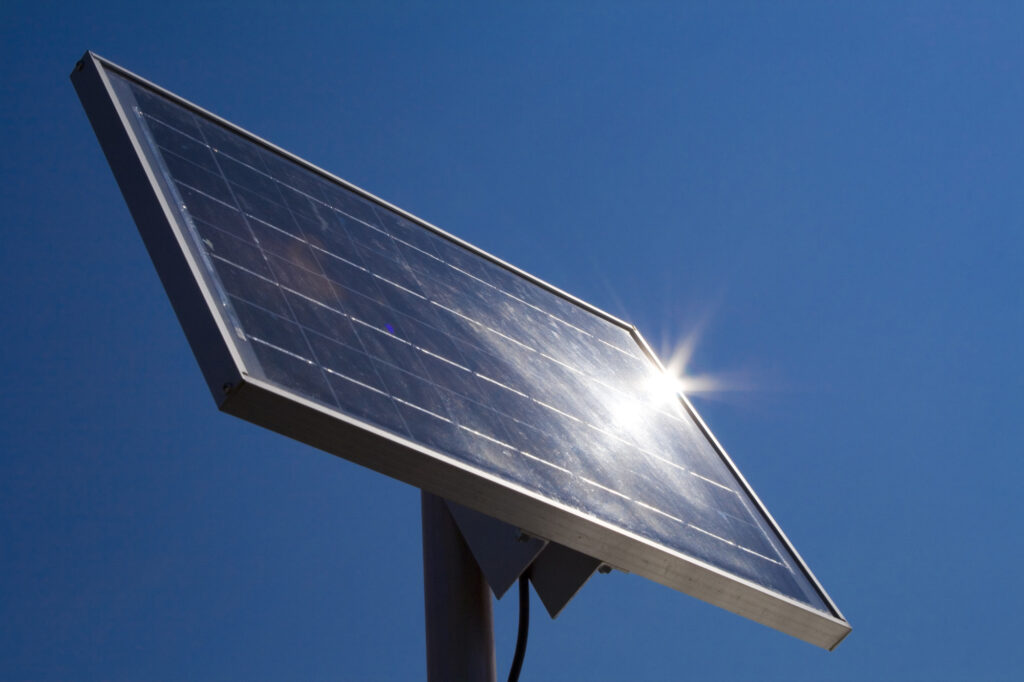Are you considering installing solar panels?
Solar panels are a huge investment, and often involve a large outlay of initial capital. Like with any big investment, it’s important to be sure it’s going to be worth it. But if you’re new to solar panels, it can be hard to know if you’ll get the ROI you expect.
Don’t worry, we’re here to help. Read on for our guide to solar panels ROI to answer the questions: are solar panels worth it?
Solar Panels ROI
One of the biggest reasons people buy solar panels is the solar energy savings they can make. But before you can get to the savings, you need to dish out a hefty investment first. But do you really save money with solar panels?
Post-tax, the average cost of solar panel installations in the US is around $20,000. Tax breaks and other incentives can lower this cost if they apply to your state and area. Even so, you should expect to wait between 7-20 years to see your savings cover the initial cost.
Calculating the RIO
7-20 years is quite a broad spectrum, but you can narrow that down a little more. To calculate your payback period, you need to:
- Take the total gross cost of your panel system and installation.
- Add up the annual financial benefits, including energy savings and incentives.
- Divide your total cost by your annual benefits.
The number you get will be how many years it’ll take you to pay off your initial investment. Once you pass that number, each year you’ll be making savings!
Working in Subsidies
The biggest inventive you can make use of for solar panels is the ITC. It’s the federal government’s tax credit system for solar installation.
With the ITC, you can expect to receive a solar tax credit up to the amount of 26% of your installation costs. But note, in 2023 this will reduce to 22%, and the scheme will stop in 2024. So, the sooner to take advantage the better.
On top of this, you may qualify for extra local and state incentives. For example, New Mexico runs a solar tax credit scheme on top of the federal one.
Other states like Washington D.C, Massachusetts, and New Jersey provide performance-based benefits. The more energy your solar panels produce, the more money you get.
So, make sure you research what incentives would apply to your home. There are calculators you can use, or a great local solar installer like Blue Raven Solar will be able to tell you.
How Long Will Your Panels Last?
If you’re looking at a longer payback period, you might worry if your panels will still work by the time you pay them off. All big solar brand panels come with a warranty of 25 years.
Some premium brands will even provide 30 years, and solar panels are well known for lasting longer than their warranty. It’s unlikely you’ll have to worry about them breaking before you can make use of the savings.
And if you’re considering moving within the next 25 years, they’re still a great investment. Homes that already have solar installed tend to sell faster and command a higher price too.
Solar Panels ROI Made Easy
So, there you have it! Now you know how to calculate solar panels ROI, you can make an informed decision.
It’s important that you factor in your payback period and what incentives you have access to. Incentives can knock years off that payback period and see you saving energy sooner.
If you found this article helpful check out our other blog posts today.

